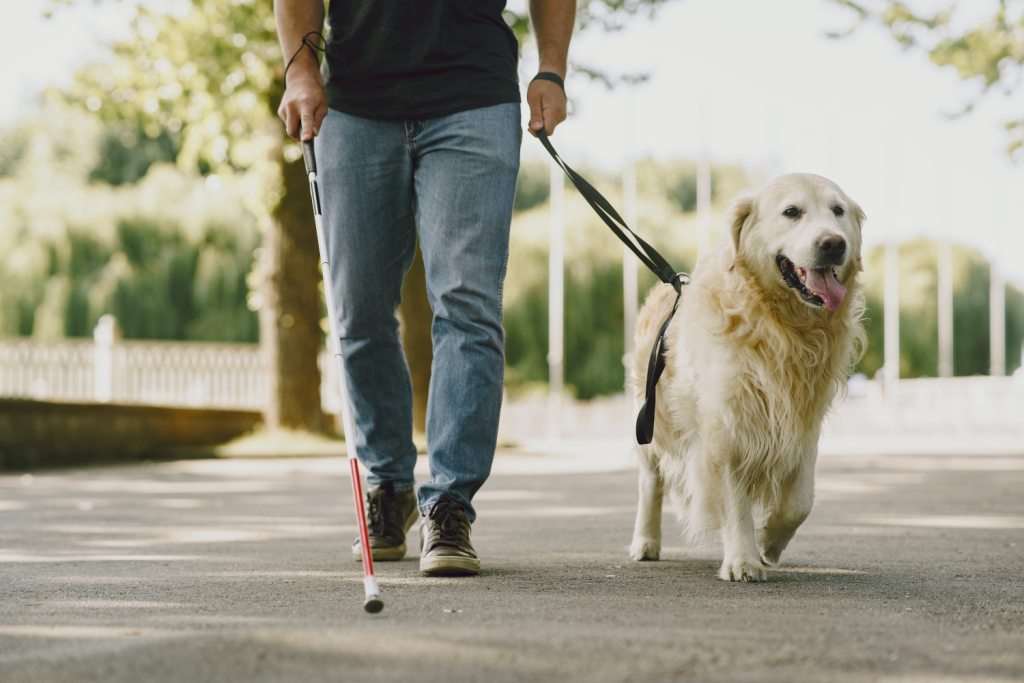Human curiosity knows no limits. Even if it’s something that has no direct business with us, we try to learn everything about it. Our ability to ask the right questions and then taking all the necessary measures to answer them makes sure that every day we are a better version of ourselves. The persistent curiosity might seem like a minimal part of our personality, but this tiny piece of trait has done us a world of good. If it wasn’t there, we could’ve missed out on so many things that are now an integral part of our lives, technology being the most important of them all. An old-school person can make an argument that we were doing just fine before technology came around, but if we remove our thought-process from some pre-conceived notions for a second, we would see that it was all about doing much better. Hence, our pursuit to get there led us through numerous inventions, each one offering something unique, yet all of them focused on elevating the quality of our lives. Plenty of sectors made their contributions towards strengthening the mass-level transition that was going on, but when you look at an all-important sphere like healthcare, that’s the moment where you truly realize the significance of this change. Till date, technology has helped us in saving a ton of lives, but more than that, it has made living a better experience for people suffering from medical complications. To make that happen, we have come up with sizably innovative solutions, and by the looks of it, there is a new addition to this list.
The U.S. National Institutes of Health have officially announced the development of a robotic cane that is exclusively designed to help people dealing with blindness or visual impairments in navigating indoors. Equipped with a color 3D camera, an inertial measurement sensor, and its own computing setup, this robotic cane presents the world with something that transcends every expectation. The system being used here is seemingly open to the incorporation of an architectural map, thus bringing auditory and sensory cues into play for guiding the user towards their destination. Its refined approach also ensures that the user is steering clear of all the obstacles that might appear on the way.
So far, many mobile applications have tried to provide navigation capabilities to visually-challenged people, but almost all of these applications have proven to be ineffective under unfamiliar surroundings. The new robotic cane solves that particular issue once and for all by adding a color depth camera into the picture, therefore enabling the system to gauge distance between the cane and any potential physical objects through an infrared light.
“The rolling tip on our robotic cane can guide you to turn at just the right point and exactly the right number of degrees, whether it’s 15 degrees or 90. This version can also alert you to overhanging obstacles, which a standard white cane cannot, explained Cang Ye, lead author of the study.
The development of this robotic cane is co-funded by NIH, National Eye Institute (NEI), and National Institute of Biomedical Imaging and Bioengineering (NIBIB).



















